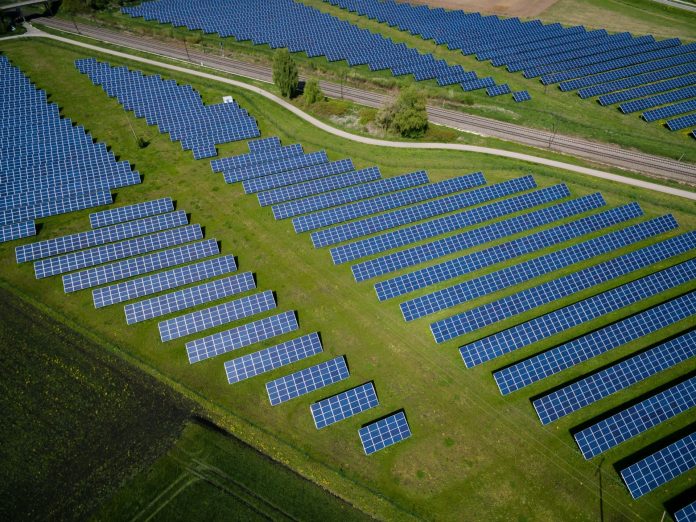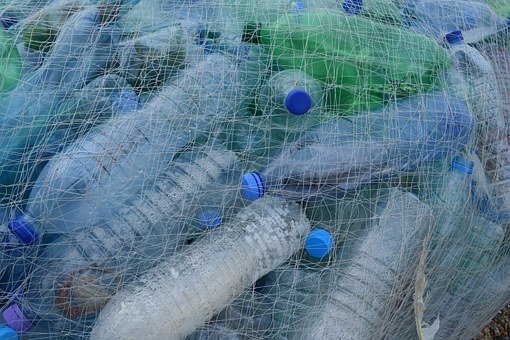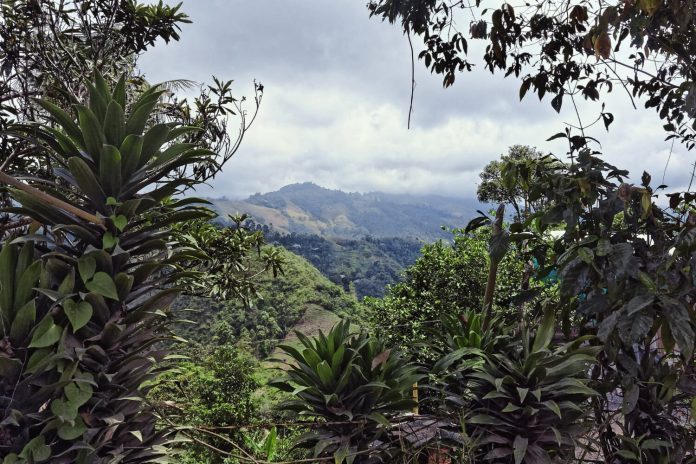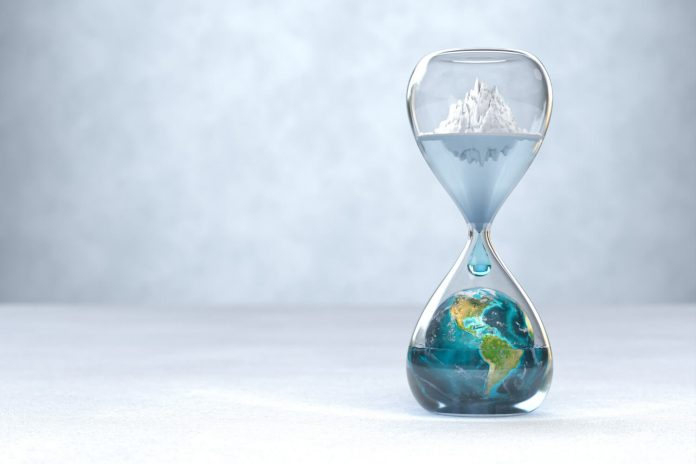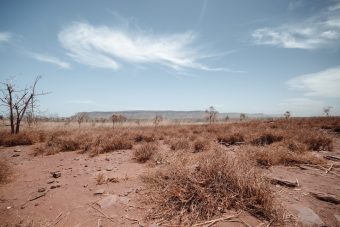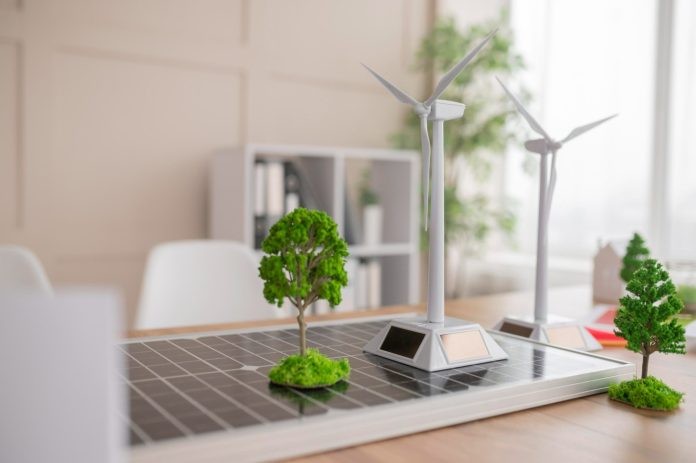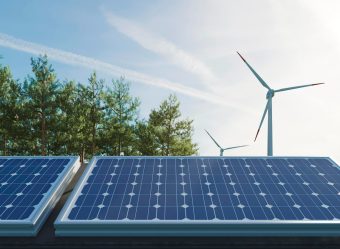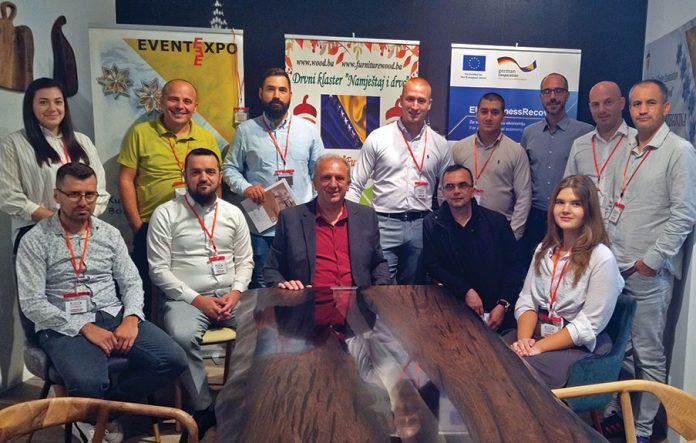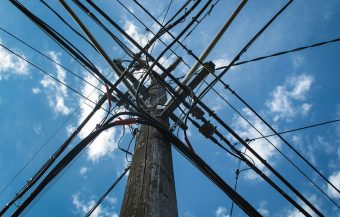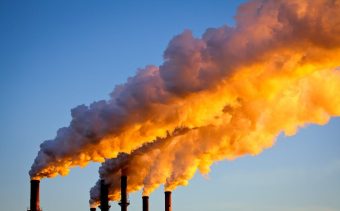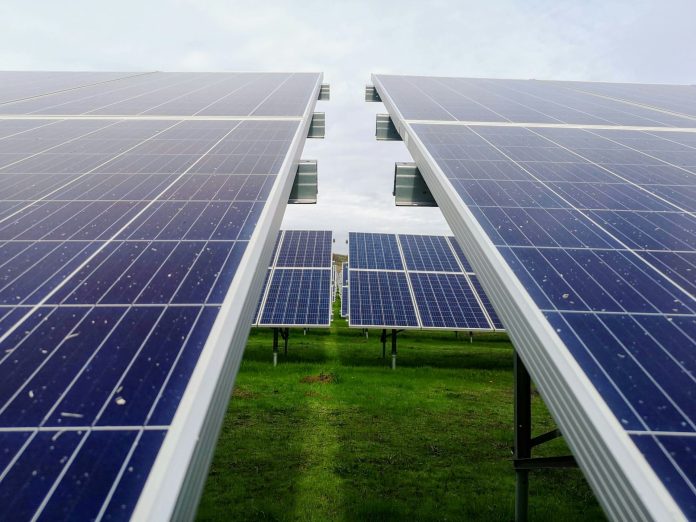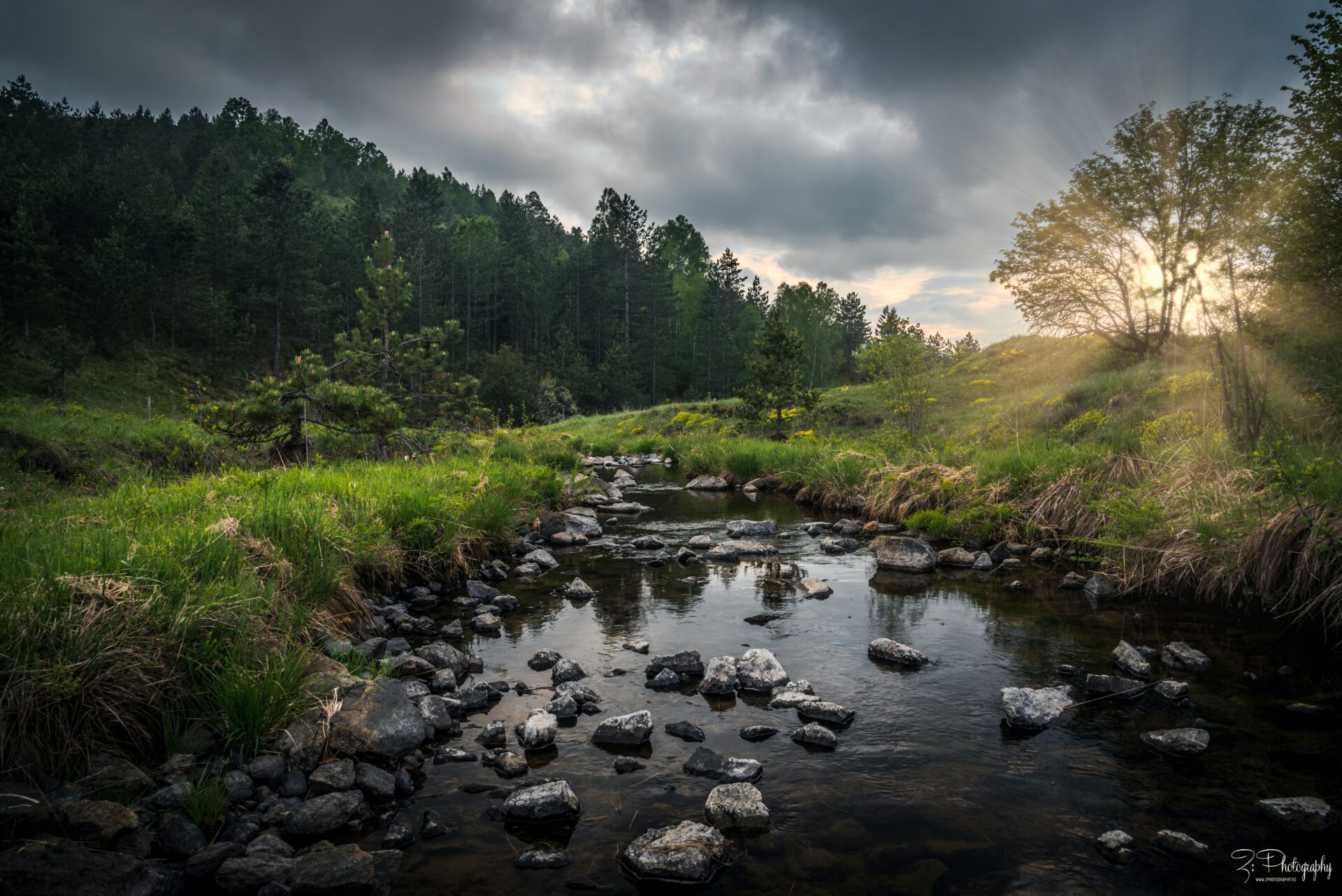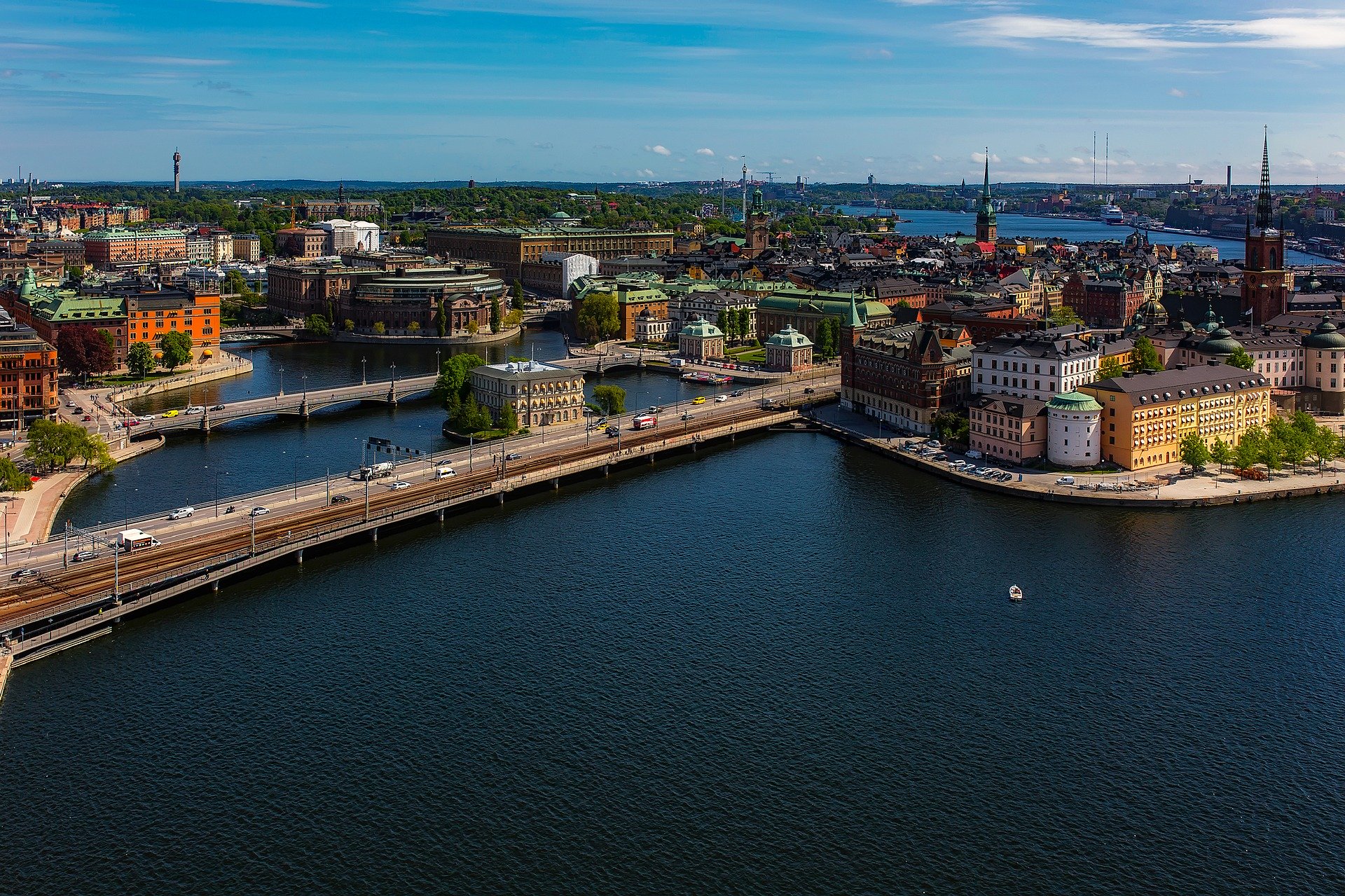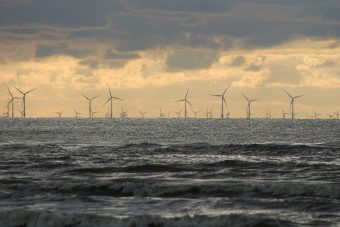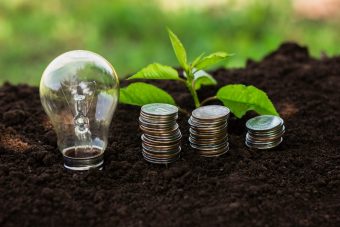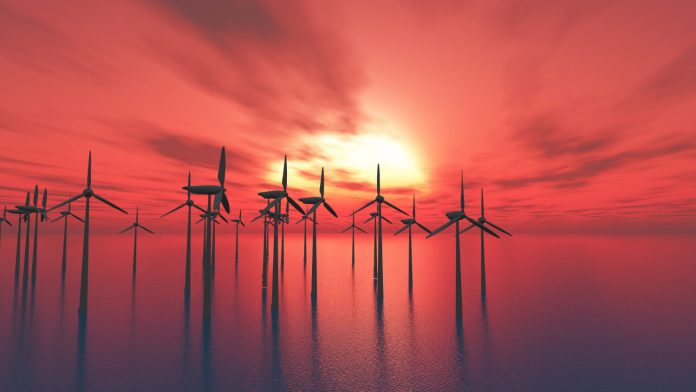The Government of Serbia has adopted three key regulations that pave the way for the second round of market premium auctions for wind and solar power plants, with significantly lower maximum prices compared to the previous year.
The maximum auction price for wind power plants is now set at 79 euros per megawatt-hour (MWh), while for solar power plants, it is 72 euros per MWh. This marks a substantial decrease from last year’s levels of 105 euros for wind and 90 euros for solar, according to the Renewable Energy Sources Association of Serbia (OIE Srbija).
During its recent session, the Government adopted regulations defining rules for market premiums, feed-in tariffs, and quotas for wind and solar power plants. Specifically, the Regulation on Wind Power Plant Quotas provides for a capacity of 300 megawatts, while the quota for solar power plants is set at 124.8 megawatts.
More:
- EBRD and EU Launch SME Go Green Programme in Serbia
- What Changes in the Energy Law Bring for the Renewable Energy Sector
- Proposed Law on Amendments to the Energy Law: What Changes are Being Introduced?
It should be noted that Rade Mrdak, an advisor at the Ministry of Mining and Energy, announced at the OIE Serbia 2024 conference that auctions would be launched in November, highlighting new opportunities for investors and further momentum for the development of renewable energy sources in Serbia.
Last year’s auctions demonstrated high market competition, with the lowest accepted price at 64.48 euros per MWh for wind power and the highest at 89.8 euros per MWh for solar power. This year, even more favorable offers for green energy are anticipated.
Energetski portal

